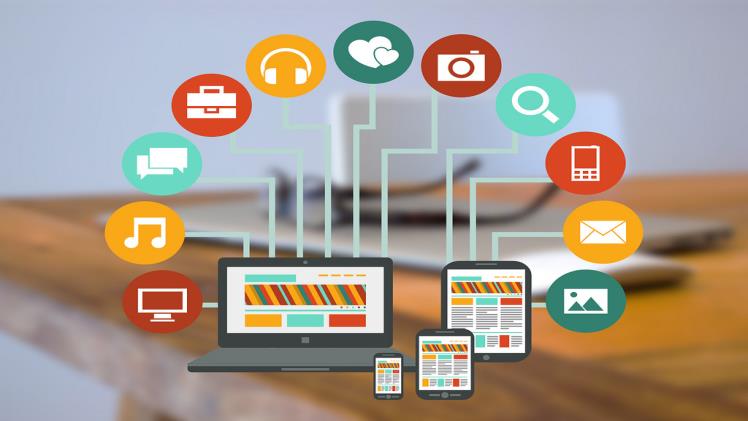As in other technology markets, the end customer ultimately captures the most value, we find. Eventually, we estimate that customers (such as factory owners using machines guided by IoT technology, operators of transportation fleets, and consumers) will capture upwards of 90 percent of the value opportunities IoT applications generate. In many settings, customers will capture value in both direct and indirect ways, such as being able to buy more efficient machinery that is designed using IoT data from older products in use.
Of the value opportunities created by the Internet of Things that are available to technology suppliers, in general the largest share will likely go to services and software and less will likely go to hardware. The Internet of Things will change the bases of competition and drive new business models for user and supplier companies. The Internet of Things will enable—and in some cases force—new business models. For example, with the ability to monitor machines that are in use at customer sites, makers of industrial equipment can shift from selling capital goods to selling their products as services.
Sensor data will tell the manufacturer how much the machinery is used, enabling the manufacturer to charge by usage. Service and maintenance could be bundled into the hourly rate, or all services could be provided under an annual contract. The service might also include periodic upgrades (software downloads, for example). Performance from the machinery can inform the design of new models and help the manufacturer cross-sell additional products and services.
This “as-a-service” approach can give the supplier a more intimate tie with customers that competitors would find difficult to disrupt. For suppliers of IoT technologies, the choice of business model is complex. The industry is at an early stage, and what constitutes competitive advantage and successful business models will evolve. As in other technology markets, such as personal computers and the Internet itself, there could be three phases. In the first, “arms suppliers” succeed by providing the building blocks of the infrastructure—the microprocessor or the operating system in personal computers, for example.
In the second phase, companies build broadly scaled applications, such as online search on the Internet. In the third phase, companies build adjacent businesses, such as e-commerce on the Web. At the current stage in the evolution of the IoT industry, the complexity of IoT systems, the limited capabilities of many customers to implement them, and the need for interoperability and customization, provide opportunities for hardware, software, and service providers (installers, systems integrators, and so on) to provide “end-to-end” IoT solutions to meet specific needs. Over time, more “horizontal” platforms might emerge. For IoT technology suppliers, the bases of competition will likely include distinctive technology, distinctive data, software platforms, and the ability to provide complete solutions.
At different levels of technology (within the “technology stack”), we expect the division of value among players will shift over time, with an increasing share going to suppliers of software and analytics.
Estimated potential impact of IoT applications in 2025
We set out to measure the impact of the Internet of Things using a bottom-up approach. Our goal was to gauge impact from the perspective of the entire value chain (businesses, consumers, suppliers, and governments). We have looked at a wide range of application types, including operations, sales enablement, product development, and safety and security—viewing applications through the perspective of the physical settings where they are used.
You can visit this magazine247 to get more information. Or if you want to get all sorts of magazine news then it magazineupdate will be very helpful for you. This is magazineweb360 the another way to get latest news around the world.





